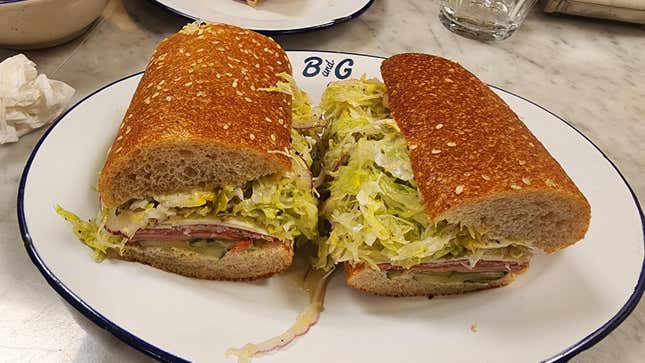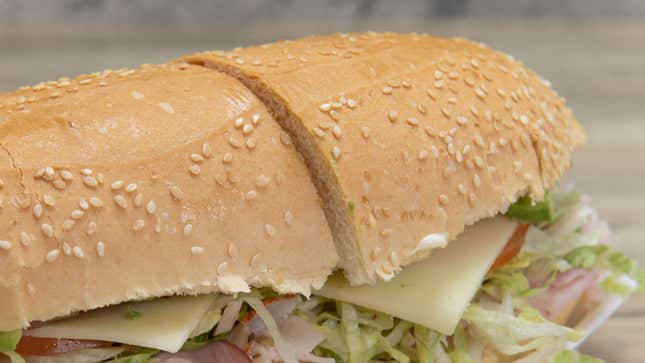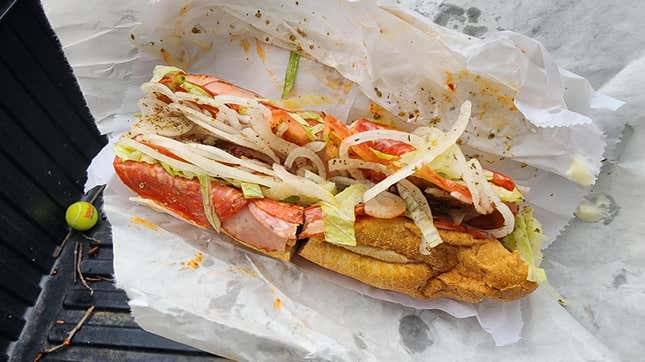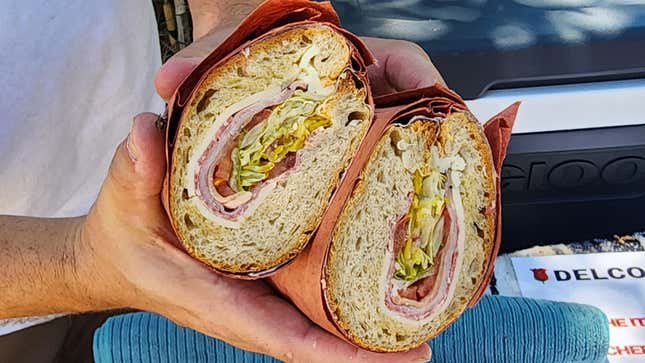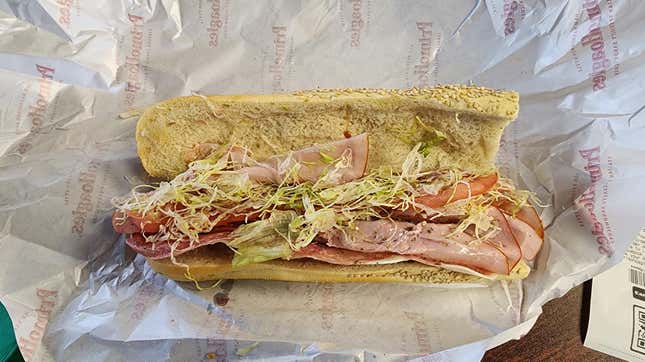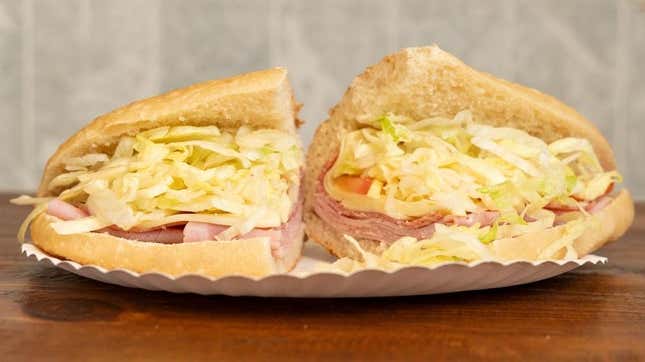
Hoagies, subs, grinders, heroes—each of these terms implies an informal subset of rules that must be followed. A grinder, for example, refers to a sandwich served hot. “Submarine sandwich” promises a soft roll, mayo, lettuce, and really any deli meat at all. And when someone says “hoagie,” well, you should be thinking about the great city of Philadelphia.
Though common in New Jersey, the hoagie is a culinary linchpin of Pennsylvania, and one that Philadelphia in particular claims proudly. You’ll find hoagies in Pittsburgh, too, but Philly is where the truly great ones live. I went there recently to eat as many hoagies as possible within 24 hours. My aim was to understand what separates a good hoagie from a great one, and also to understand the rules governing this iconic Pennsylvania sandwich. After speaking with multiple sources and trying countless hoagies, this is what I came up with.
